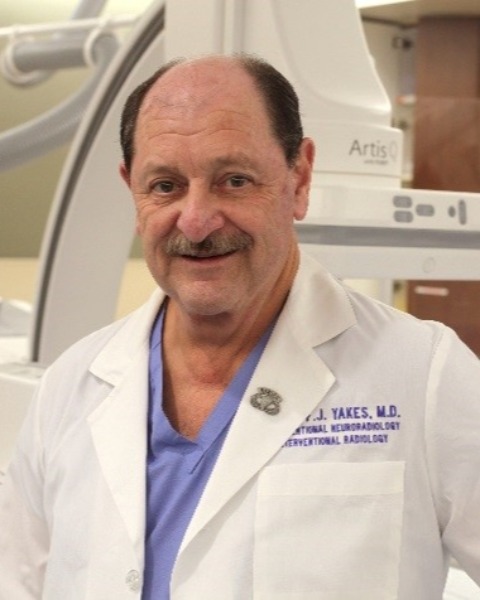SIR 2025
Arterial Interventions
Scientific Session
The Retrograde Vein Approach as a Curative Treatment Strategy for Yakes Type I, IIb, IIIa, and IIIb AVMs

Wayne F. Yakes, MD, FSIR, FCIRSE (he/him/his)
Medical Director
The Yakes Vascular Malformation Center, United States
Presenting Author(s)
To evaluate the role of Retrograde Vein and Direct Puncture Retrograde Vein Endovascular access to approach and treat Large Peripheral AVMs.
Materials and Methods: 87 patients (45 males, 42 females; age: 14 - 72, mean age: 27 years) presented for repair of AVMs involving head and neck, shoulder, chest wall, intra-thoracic, abdominal, renal, pelvic, buttock, and extremities. Ethanol and ethanol/coils were the embolic agents used. Retrograde transvenous catheterizations and vein-outflow aneurysm direct puncture retrograde vein approaches were used in all patients.
Results:
85 of 87 patients are cured at long-term follow-up (f/up: 14 months to 138 months; mean: 42 months) and 2 patients’ therapy is on-going. Complications include 1 pelvic AVM post-Rx small bleed not requiring transfusion; 1 pelvic AVM coils eroded into the bladder wall and removed uneventfully via trans-urethra endoscopy; 2 infections treated with antibiotics; 2 patients’ coils superficially eroded and uneventfully removed; and 1 patient subcutaneous hematoma removed (7/87 patients; 8% minor complications).
Conclusion:
Retrograde vein and direct puncture vein access and embolization of AVMs in many anatomic locations have proven curative at long-term f/up of AVMs with a low complication rate. Reproducible and consistent results of this Yakes retrograde vein technique have been reported only in 4 publications in the world’s literature: first reported by Yakes (1990), Gomes (1994), Jackson (1996) and Cho (2008). In the Yakes AVM Classification System, these approaches can routinely effect AVM cures in Yakes Types I, IIb, IIIa, and IIIb AVMs.


.jpg)